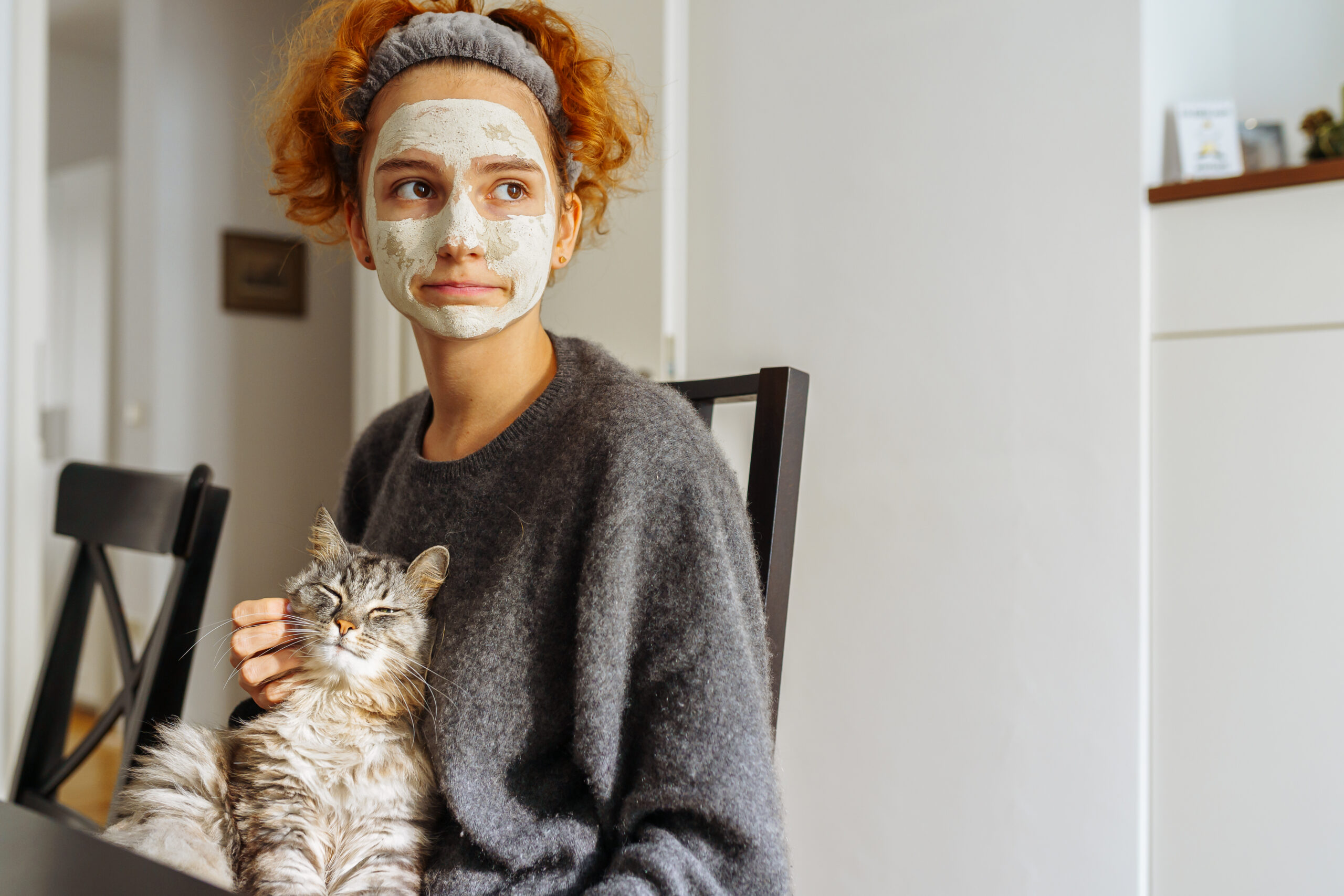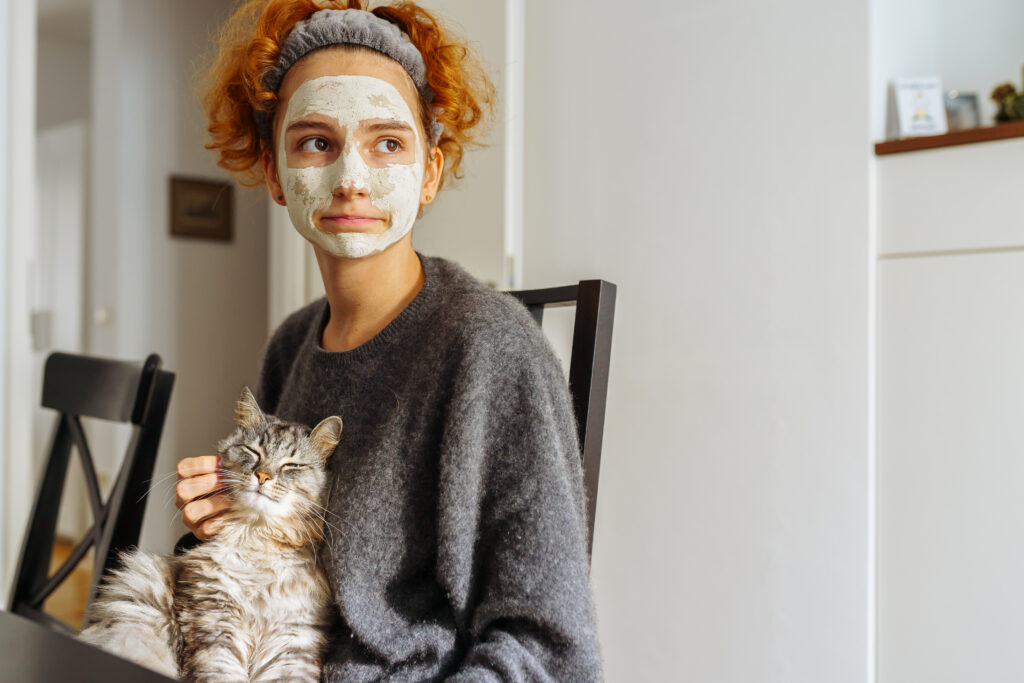Contributor Dr. Elise Herman
Teen acne is very common, affecting 85% of adolescents. It can occur on the face, neck, back, shoulders, and chest. Mild acne usually resolves without scarring, but more severe acne can cause darkened areas and permanent depressions in the skin. Teen acne does improve in most by age 20, but in the meantime, it can worsen a teen’s self-esteem, emotional health, and result in bullying.
Acne occurs in teens due to increased pubertal hormones which cause sebaceous glands in the skin to make more sebum (oil which lubricates the skin). This sebum can plug the pores (hair follicles), resulting in swelling. Bacteria then can create inflammation, irritation, and redness in these swollen pores.
There are factors which are known to increase acne, including stress. Hormones related to menstruation can also worsen acne the week or so before a girl’s period. Some skin products (moisturizers, sunscreen, and cosmetics) can make acne worse. Look for water-based products and avoid any that contain mineral oil, beeswax, sodium lauryl sulfate, cocoa butter, or coconut oil. Products labeled “non-comedogenic” (meaning not acne-causing) are ideal. Things that rub or cause excessive sweating can contribute to acne; think of phones, chinstraps, and backpacks. Research has not shown a connection between diet and acne, though a healthy diet with lots and fruits and vegetables and minimal processed food is recommended for all teens.
There are four types of acne. Whiteheads are plugged pores that remain closed. Blackheads are plugged pores that are more superficial and open up, turning dark. Pimples are deeper plugged pores that become irritated and red due to bacteria (though this is not a true infection). Cysts or nodules are deeper, bigger, and may be painful. This severe type of acne can leave permanent scars.

If acne is mild or moderate, start with over-the-counter products. Washing twice a day with a mild soap such as Cetaphil or an acne wash can help. Clean fingertips are ideal for washing the face; avoid scrubbing. After the skin has dried for about 20 minutes, apply a low strength (2.5%) benzoyl peroxide product sparingly to the face and other problem areas (not just on pimples) once a day, perhaps in the morning. Lower strength benzoyl peroxide products have been shown to work as well as higher strength for most people. Benzoyl peroxide can bleach towels and clothing, so apply carefully. After washing the face in the evening and allowing it to totally dry, apply a thin layer of adapalene (also called ‘Differin’) which is derived from Vitamin A. Both benzoyl peroxide and adapalene can cause irritation, dryness, and redness so always apply to dry skin and use a small amount. These products can initially be used every other day, slowly working up to daily, to help minimize this.
It can take 2-3 months for acne to improve with an appropriate skin care routine, so patience is key. Squeezing acne lesions makes them more inflamed and take longer to heal as well as potentially causing scars, so should be avoided. If acne is more severe or not improving with over-the-counter care, seek help from your medical provider or a dermatologist. Treatment of more severe acne can help prevent permanent scarring.
Remember that although acne does usually resolve after the teenage years, it can be a very big deal to your teen in the present, affecting them not just physically but emotionally. Let your teen know that you empathize, and together you will do what’s needed to treat their acne.
more about The contributor

Dr. Elise Herman
Dr. Herman is passionate about community health outreach, school programs, and child/family health and wellness. She has more than 31 years of experience as a pediatrician in Ellensburg, Washington, the last 3 with KVH Pediatrics. In 2022 Dr. Herman mostly retired from practice and continues to contribute blog posts and remain a visible advocate for kids in the community.
